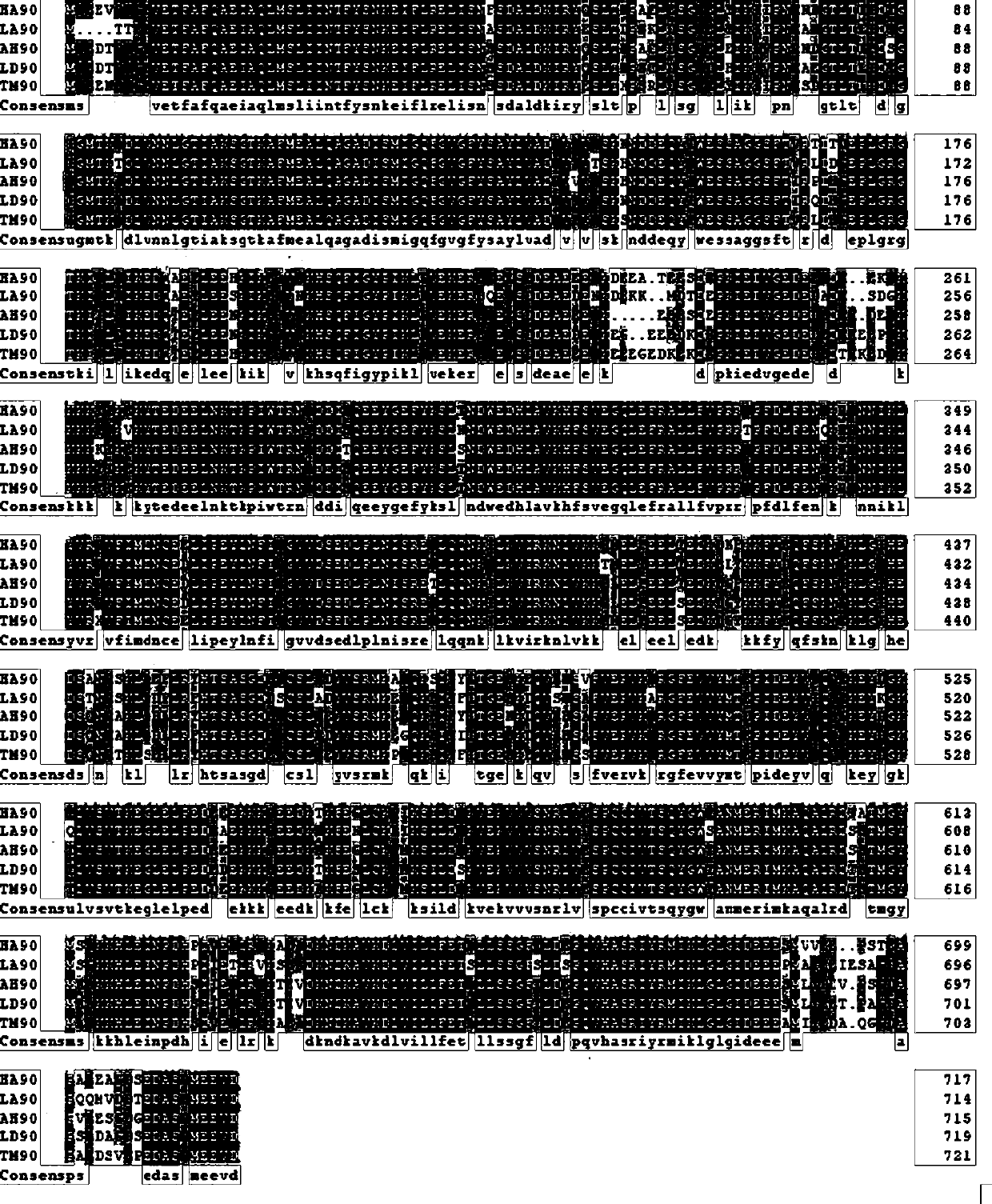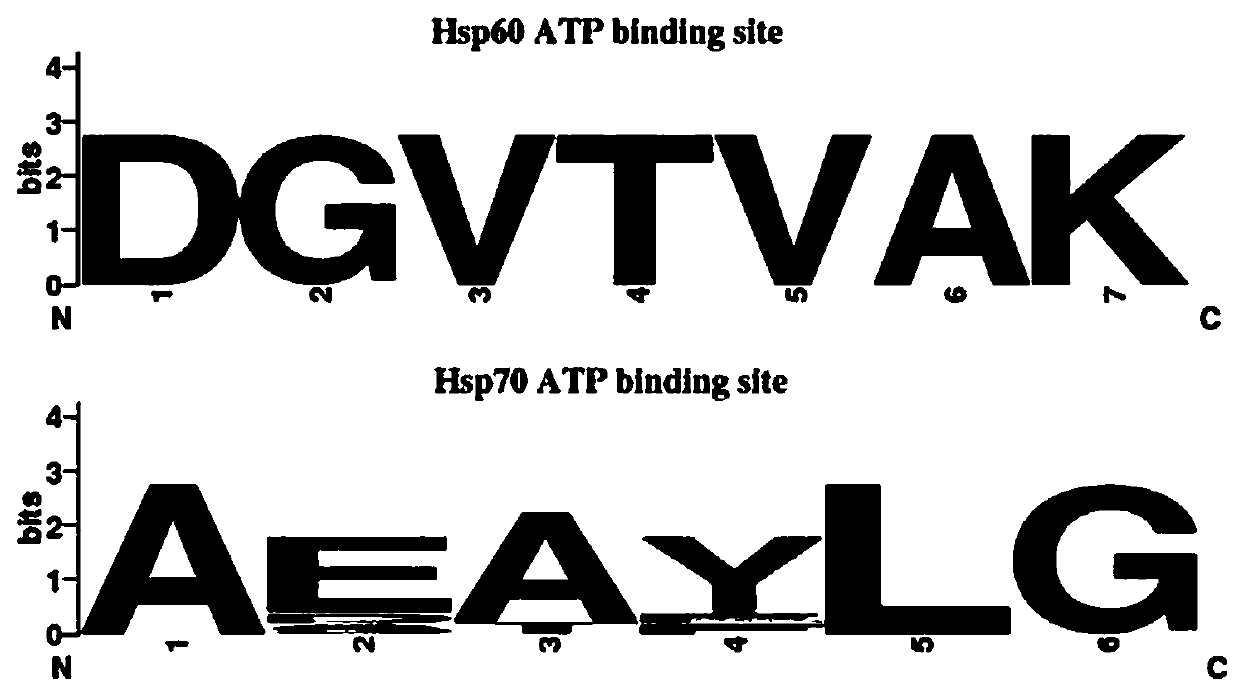System screening and clone identification method for heat shock protein genes of agasicles hygrophila
A technology of A. chinensis and heat shock protein, applied in the field of genetic engineering, can solve the problems of inability to complete heat shock protein gene identification and obtain gene sequence
- Summary
- Abstract
- Description
- Claims
- Application Information
AI Technical Summary
Problems solved by technology
Method used
Image
Examples
Embodiment Construction
[0082] In order to make the technical problems, technical solutions and beneficial effects to be solved by the present invention clearer, the present invention will be further described in detail below in conjunction with the accompanying drawings and embodiments. It should be understood that the specific embodiments described here are only used to explain the present invention, not to limit the present invention.
[0083] The method for systematic screening and cloning identification of the heat shock protein gene of A. chinensis is carried out according to the following steps,
[0084] 1. Sample processing and preparation of different stages of A. chinensis
[0085] The materials taken were the various stages of the A. chinensis of A. chinensis reared under standard conditions at 25°C. Specifically: the eggs are produced within 24 hours, the 1st to 3rd instar larvae are starved for 24 hours, the pupae are 2 to 6 days old, and the adults have just emerged within 1 day. The ...
PUM
 Login to View More
Login to View More Abstract
Description
Claims
Application Information
 Login to View More
Login to View More - R&D
- Intellectual Property
- Life Sciences
- Materials
- Tech Scout
- Unparalleled Data Quality
- Higher Quality Content
- 60% Fewer Hallucinations
Browse by: Latest US Patents, China's latest patents, Technical Efficacy Thesaurus, Application Domain, Technology Topic, Popular Technical Reports.
© 2025 PatSnap. All rights reserved.Legal|Privacy policy|Modern Slavery Act Transparency Statement|Sitemap|About US| Contact US: help@patsnap.com



